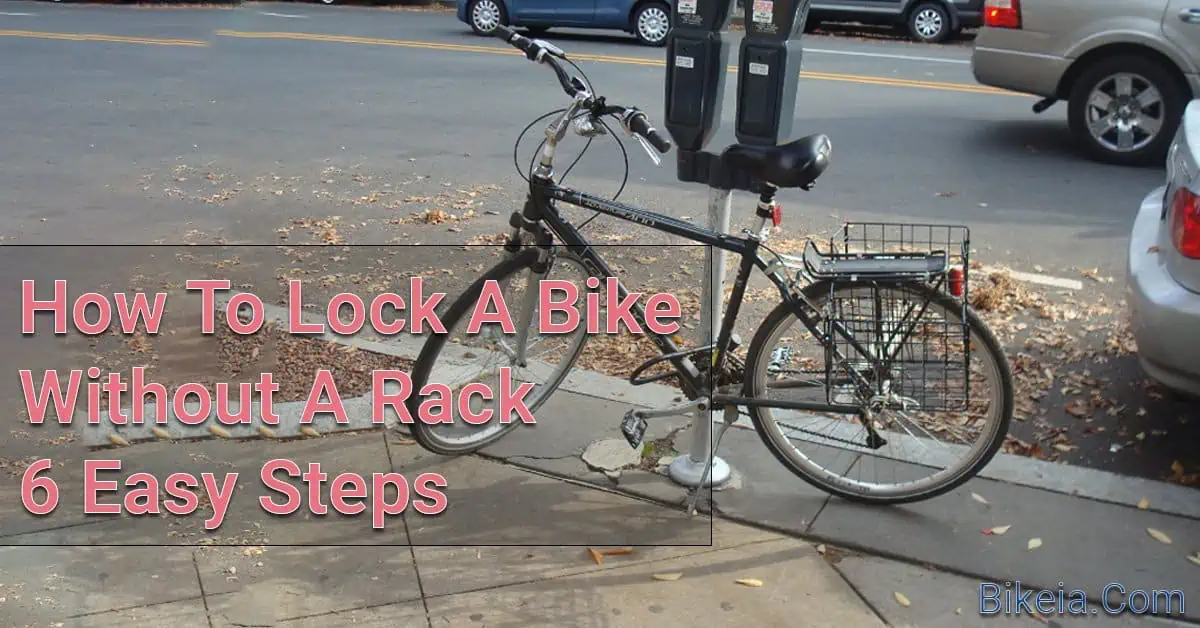Locking your bike securely is essential to prevent theft, especially when you have not access a bike rack. Whether you’re running errands, exploring a new city, or need to park your bike temporarily, these tips (How To Lock A Bike Without A Rack) will help you keep your bike safe and sound.
Best way to lock up your bike outside, Without a Rack: 6 Easy Steps
1. Choose the Right Lock
When securing your bike without a rack, the type of lock you choose can significantly affect its security. Consider the following options:
I Recommend a bike lock/security to attach:
U-locks
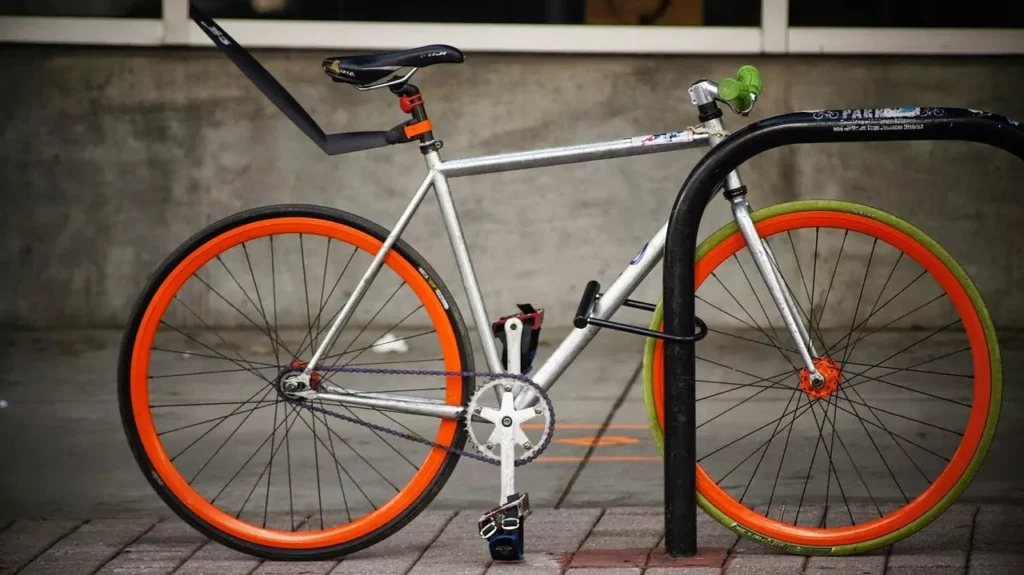
U-locks, also known as D-locks, are popular among cyclists due to their sturdy construction and resistance to cutting tools. These locks are typically shaped like a U and are ideal for securing your bike frame to a fixed object.
Chain locks

Chain locks consist of a flexible chain made of hardened steel links. They provide versatility in terms of locking your bike to various structures, such as bike racks or poles. Look for chain locks with thick links for added security.
Cable locks
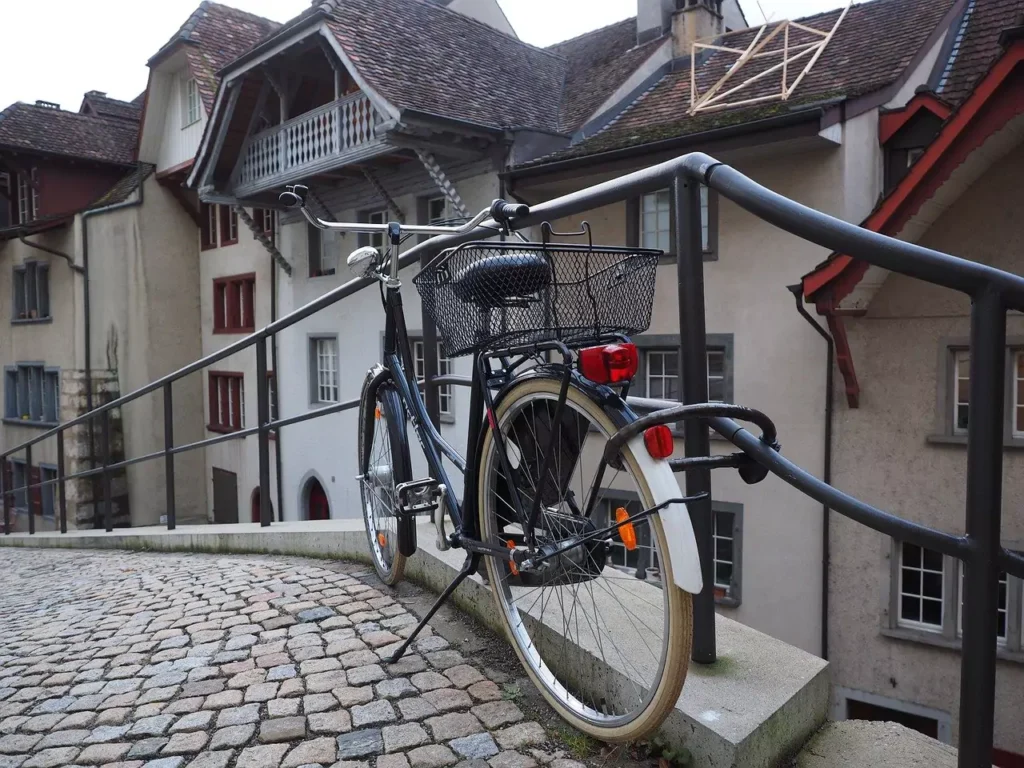
Cable locks are lightweight and flexible, making them convenient for securing your bike’s components, such as wheels and saddles. However, they are less secure than U-locks or chains and are best used in low-risk areas.
Folding locks
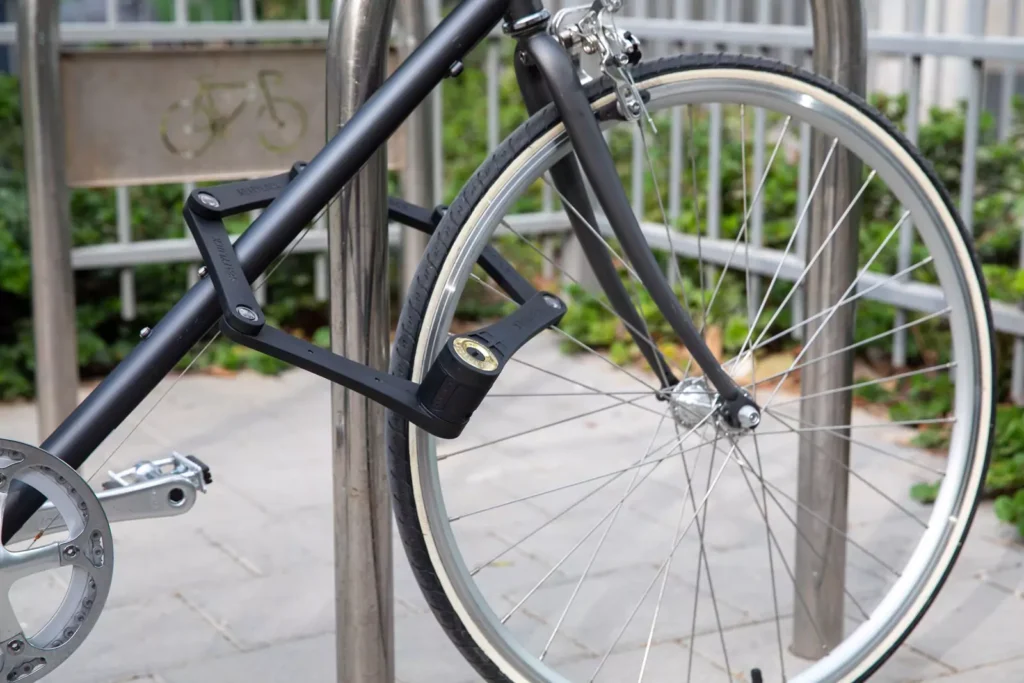
Folding locks offer a unique blend of security and portability. They consist of multiple steel bars that fold together for compact storage. Folding locks are versatile and can be wrapped around your bike frame and a secure object.
2. Scout for Secure Anchor Points
Without a rack, you’ll need to get creative. Here are some reliable anchor points to consider:
Lock Bike With Street Signs
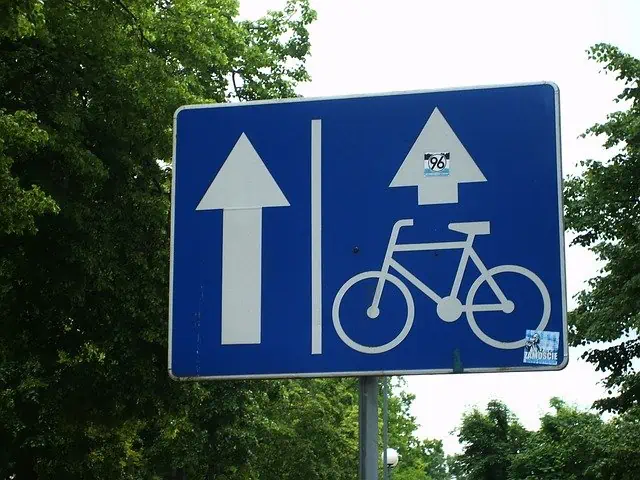
Metal signposts are often firmly anchored to the ground. Look for signs that are securely bolted or cemented in place. Street signs provide a convenient and visible spot to lock your bike.
Lock Bike With Fences
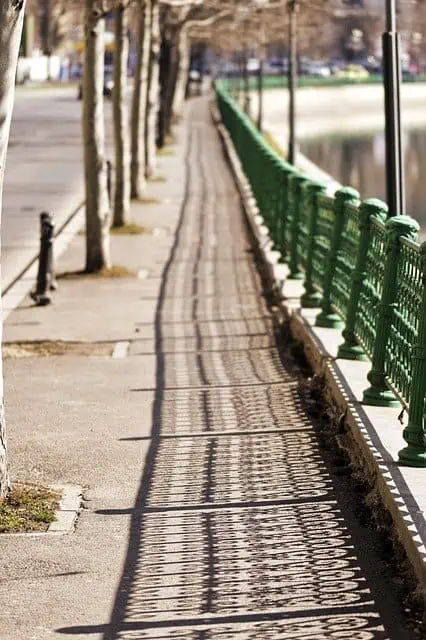
Sturdy fences can serve as reliable locking spots. Choose fences with solid posts and avoid flimsy wire fences. Ensure that the fence is securely attached to the ground or structure. If you’re near a park or public area, look for fences surrounding the space.
Lock Bike With Lampposts

Lampposts are common urban fixtures and make excellent anchor points. They are typically made of robust materials and securely anchored to their bases. When using a lamppost, ensure that the lock doesn’t interfere with the light fixture or any electrical components.
Lock Bike With Railings
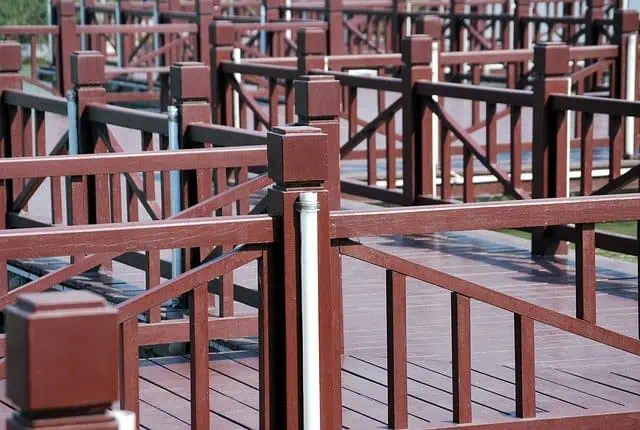
Railings along sidewalks, bridges, or staircases can provide a secure attachment point. Check that the railings are firmly anchored and won’t give way. Avoid railings that are loose or wobbly. If available, choose railings with vertical bars, as they are harder for thieves to manipulate.
Remember to assess each anchor point for stability and security. A wobbly or unstable anchor won’t provide adequate protection for your bike.
3. Lock the Frame and Wheels

Pass the Lock Through the Frame
Thieves often target wheels, so securing the frame is essential. Thread the lock through the main triangle of the bike frame. This prevents thieves from easily lifting the bike off the anchor point. Position the lock close to the seat tube or downtube for maximum security.
Include Both Wheels
If your lock allows, secure both the front and rear wheels to the frame. Thieves may focus on the front wheel due to its quick-release mechanism. Prioritize the front wheel since it’s more expensive to replace. If your lock doesn’t accommodate both wheels, focus on the front wheel.
Additional Security Measures for Bike Locks
4. Strategic Lock Placement
Position the lock to make it challenging for thieves to access the locking mechanism:
- Avoid Slack: Leaving excess slack in the lock gives thieves leverage. Keep the lock taut to minimize their ability to manipulate it.
- Obstruct Access: Place the lock in a way that obstructs easy access to the keyhole or combination dial. Position it close to the bike frame to prevent prying tools from reaching the lock.
5. Remove Accessories
Before locking up, take off any detachable accessories:
- Lights: Remove bike lights, especially expensive ones. They’re easy targets for opportunistic thieves.
- Water Bottles: These seemingly innocuous items can attract attention. Carry them with you or stash them in a bag.
- Saddlebags: If your bike has detachable saddlebags, consider taking them along. Thieves might see them as valuable loot.
6. Double Up on Locks
Consider using two different types of locks for added security:
- U-Lock + Cable Lock: Combine a U-lock with a flexible cable lock. Thieves are less likely to carry tools for both types. Thread the cable through the wheels or additional components.
7. Choose Well-Lit, Busy Areas
Select locations with high visibility:
- Well-Lit Spots: Thieves avoid well-lit areas where their actions are easily noticed.
- Busy Streets: High foot traffic deters theft. Lock your bike near cafes, shops, or other bustling spots.
Final Words
In conclusion, locking your bike without a rack requires resourcefulness, attention to detail, and the right tools. You can protect your bike even in unconventional situations by choosing a sturdy lock, scouting for secure anchor points, and strategically positioning the lock. Remember to remove accessories, use multiple locks, and check on your bike regularly.
Can I use any type of lock to secure my bike without a rack?
While any lock is better than no lock, it’s essential to choose the right one. Opt for a U-lock or a heavy-duty chain made of hardened steel. These locks provide better protection against theft.
How do I find secure anchor points when there’s no bike rack around?
Look for sturdy objects like street signs, fences, lampposts, or railings. Ensure they are securely anchored to the ground or structure. These can serve as reliable locking spots for your bike.
Should I lock both wheels or just the frame?
Ideally, lock both the frame and wheels. Pass the lock through the main triangle of the frame to prevent thieves from lifting the bike. Prioritize the front wheel if you can’t lock both. Thieves often target front wheels due to their quick-release mechanism.
How can I strategically position the lock to enhance security?
Avoid leaving slack in the lock—keep it taut to minimize leverage for thieves. Also, position the lock to obstruct access to the keyhole or combination dial. Thieves won’t easily manipulate it if they can’t reach it.
What should I do with bike accessories before locking up?
Remove any detachable accessories, such as lights, water bottles, and saddlebags. These items are easy targets for theft. Carry them with you or stash them securely.
